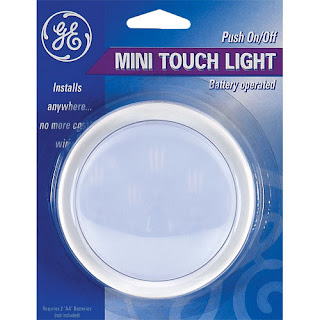Good evening Awesome TEACHERS!!!!
Here are a few three story terrariums for our ecosystem unit we built in class. The idea originally came from a North Carolina Science Olympiad event years ago. I thought I would Tarrrra-fy it and put the project on steroids. So....
Originally the project calls for:
1. Students to build a two or three liter bottle biome.
2. Include things that represent that particular biome.
*There used to be a score sheet that was available to score the biomes and student journals on accuracy.
3. Take a station test where students answer questions about biomes.
I modified this project where the students had more hands on and more things to observe. Lessons were definitely learned on all sides.
What we did in class:
1. We collected a million two liter bottles. Not really, but it seemed like it.
2. Students cut the first bottle just under the nose of the top.
3. Then they put a water biome in the bottom (freshwater).
4. Next they cut the bottom off and put that bottle in nose down inside the water biome area. They used a coffee filter to stop the dirt and pulled the filter down so it would touch and absorb water from the bottom. This second area became our semi-moist humid environment.
5. Then we cut the bottom off the next bottle, inverted it nose down with a coffee filter so it would get some moisture, but not a lot. This became our semi-humid environment. Added a coffee filter with dirt.
6. The top area we did the same, but capped the bottle that went into the third layer. This became our desert environment. We initially put some moisture, but the water cycle would take place within the bottle biome to recirculate that.
7. Cap off the top with a nose piece from the bottom part.
(FYI) all the extra nose pieces make great recycled funnels if you need some.
My friend had a pot overflowing with succulents and she was generous to lend me a lot of desert like plants. Our local community donated all the plant seeds for the different environments.
The student notes were amazing on this project. As we completed their ecosystem unit, you could see their knowledge really coming forward in response to this activity. Loved it. I would love to do this with three liter bottles, but DO NOT want to encourage drinking that much soda... yikes... what to do? Recycling facility... maybe?
Have a great night!!!
~ Tara









